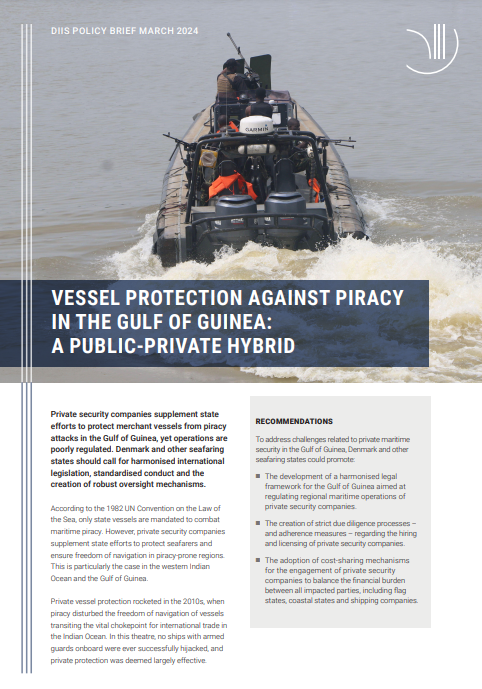By Haydn Morgan and Andrew Parker
Recent years have witnessed a growing interest at a policy level regarding the intentional use of sport and physical activity as a key component within interventions designed to support individuals who have become connected with, or are vulnerable to, engagement in the criminal justice system (Meek, 2018; Norman et al., 2024). Despite growing evidence to support the instrumental use of sport and physical activity within such interventions, both in custodial and in community settings (Morgan and Parker, 2023), there remain significant misconceptions regarding the ‘power of sport’ to prevent and/or divert engagement with crime or support efforts to rehabilitate and address reoffending. These misconceptions are largely based on assumptions regarding the ‘life lessons’ that (automatically and universally) transfer from the sport domain to other contexts. However, the evidence is clear that there are other key mechanisms in play, beyond participation, that enable sport and physical activity interventions to impact criminal justice outcomes. The aim of this paper is to introduce some of the mechanisms that have been identified in previous research which contribute to the effective implementation of sport-based criminal justice interventions. In addition, since there has been relatively limited academic consideration of how sport and physical activity might be integrated into policy and practice around probation and resettlement, the paper offers suggestions for how these mechanisms may be integrated into efforts to support probation and youth justice services.
Manchester, UK: HM Inspectorate of Probation. 2024, 14pg





















